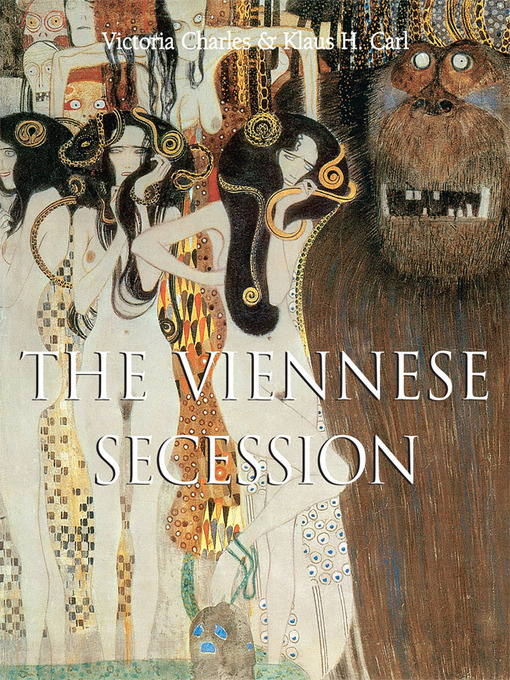- Once Upon a Crime
- Business Books & Career Advice
- Newly Added eBooks
- The Wizarding World of Harry Potter
- Most Popular eBooks
- Try Something Different
- See all
- Newly Added Audiobooks
- Always Available Audio
- The Wizarding World of Harry Potter
- Once Upon a Crime
- Business Books & Career Advice
- Most Popular Audiobooks
- Try Something Different
- See all

